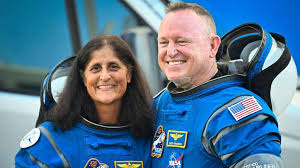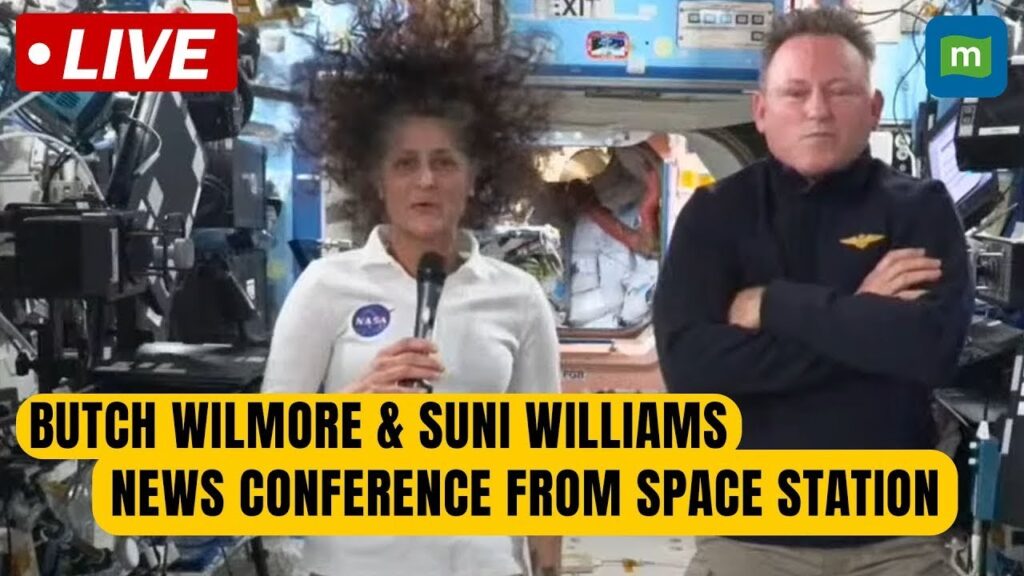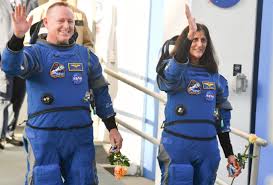NASA has officially confirmed that astronauts Sunita Williams and Butch Wilmore will return to Earth earlier than expected. The two astronauts, who have been aboard the International Space Station (ISS) since June 2023, were initially set to return on Boeing’s Starliner spacecraft. However, due to persistent technical issues, NASA has decided to use SpaceX’s Crew Dragon for their journey back.

NASA Adjusts Return Timeline
NASA has accelerated its Crew-10 launch schedule, moving the mission up to March 12, 2025, instead of the previously planned March 25. The change will facilitate a quicker handover, allowing Williams and Wilmore to depart the ISS as part of the Crew-9 mission. They will return alongside fellow crew members Nick Hague (NASA) and Aleksandr Gorbunov (Roscosmos).
SpaceX’s Crew Dragon Endeavor, which has successfully completed three missions, will be used for Crew-10 instead of a newly produced capsule. This decision was made due to delays in the new capsule’s production, ensuring a smoother and safer return for the astronauts.
Trump’s Push for a Faster Return

The prolonged stay of Williams and Wilmore drew attention from U.S. President Donald Trump, who publicly urged SpaceX CEO Elon Musk to prioritize their return. Trump’s demand put additional pressure on NASA to expedite the process. In response, NASA reaffirmed its commitment to bring the astronauts home “as soon as practical.”
Trump had also criticized his predecessor Joe Biden, blaming him for the astronauts’ extended stay. However, industry experts and NASA officials have pointed out that the delays were caused by Boeing’s engineering issues rather than political decisions.
Technical Issues with Boeing’s Starliner
Williams and Wilmore originally traveled to the ISS on Boeing’s Starliner spacecraft during its first crewed test flight. The mission was expected to return within months, but technical malfunctions, including helium leaks and propulsion system concerns, prevented Starliner from making a safe trip back. In September, Boeing managed to fly the Starliner back to Earth—without the astronauts on board.
Due to these setbacks, NASA opted to use SpaceX’s Crew Dragon for the return mission, ensuring a more reliable and secure journey home for the stranded astronauts.

Impact on Other Space Missions
NASA’s decision to swap the Crew-10 capsule has had a ripple effect on other planned spaceflights. SpaceX’s Fram2 private astronaut mission, which was expected to use the Endeavor capsule for a polar-orbiting mission, will now have to rely on a different spacecraft. Similarly, Axiom’s planned Crew Dragon mission, which includes astronauts from India, Poland, and Hungary, is also expected to face delays.
Despite these changes, NASA and SpaceX remain committed to ensuring the safety of all astronauts and completing missions as efficiently as possible.
Final Preparations Underway
With the March 12 launch date confirmed, NASA and SpaceX are conducting final safety assessments and mission readiness reviews to guarantee a smooth operation. Once Crew-10 reaches the ISS, Williams and Wilmore will finally begin their long-awaited journey home.
Their return marks the end of a historic mission that tested Boeing’s new spacecraft but ultimately highlighted the superiority and reliability of SpaceX’s Crew Dragon in human spaceflight operations.
